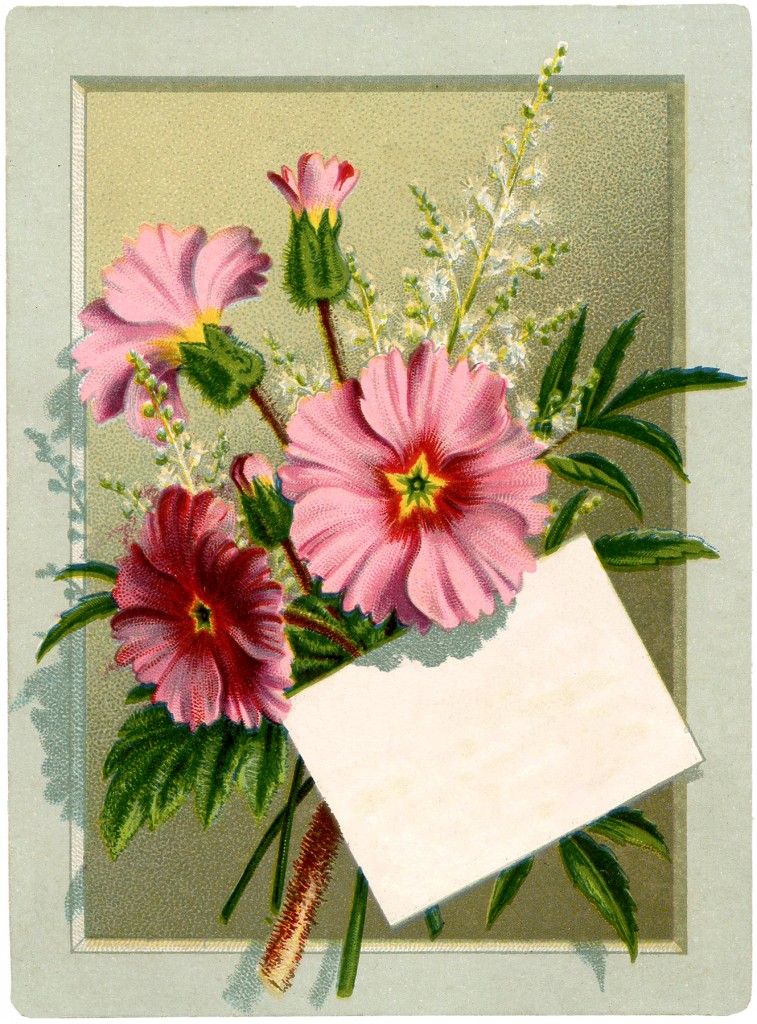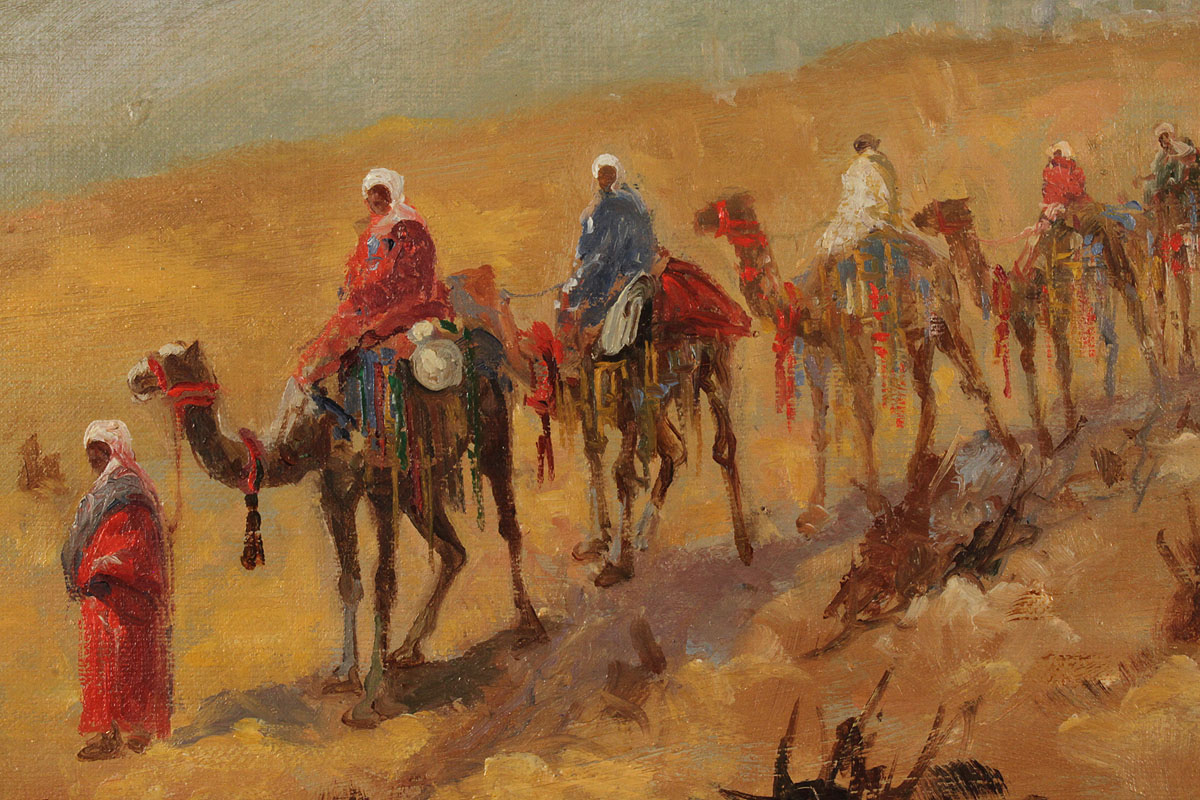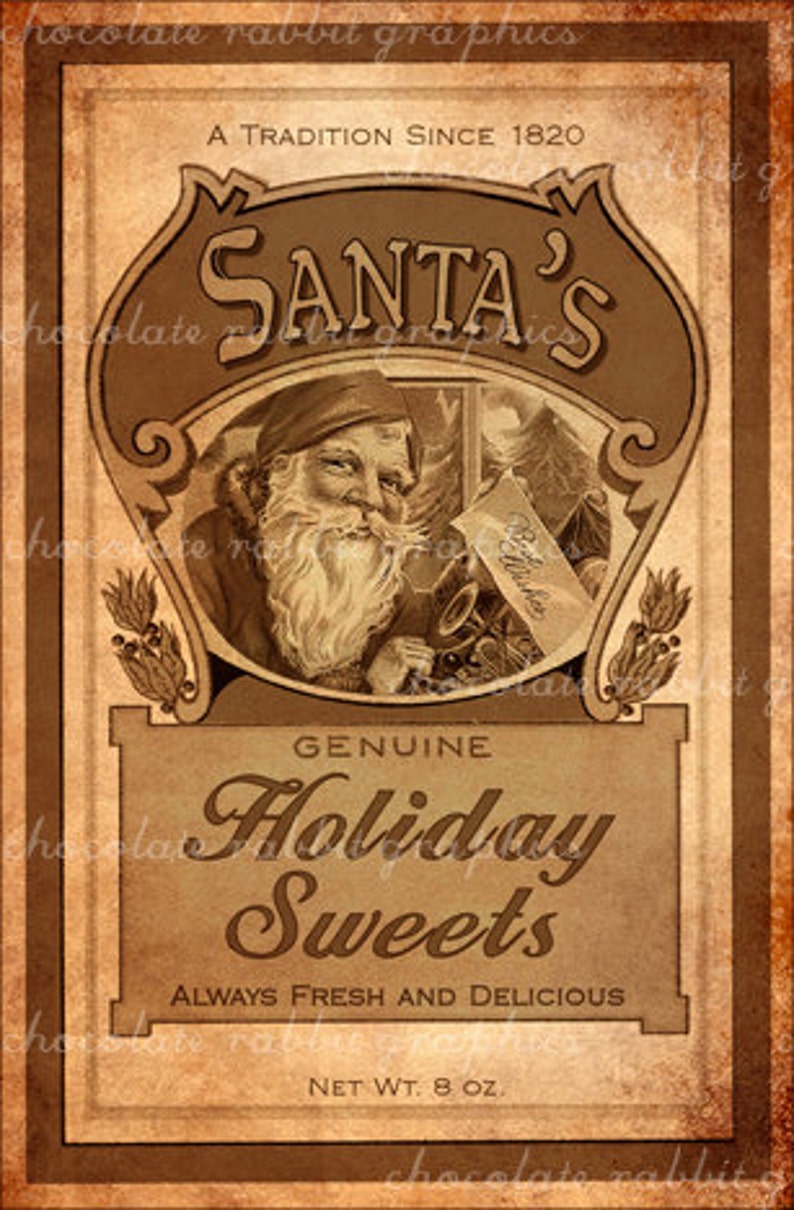45 how to label a painting
How to Sign a Painting: 10 Steps (with Pictures) - wikiHow Choosing a Spot to Sign 1 Sign in a bottom corner of your painting if you want a traditional signature. You can sign in the left or right bottom corner, although signing in the right bottom corner is more common. [7] If you do sign in the bottom corner, place your signature 1-2 inches (2.5-5.1 cm) from the edge of your painting. Marks and labels on paintings: a specialist's guide to identifying fine ... When a gallery or museum displays a work of art it often attaches a label to its back that indicates the artist's name, the picture's title, and usually a date, inventory number and address. 'With the advent of the internet it has become much easier to research these labels,' explains Impressionist and Modern Art specialist Veronica Scarpati.
How to Print Labels | Avery.com Mark your blank test sheet beforehand to show which side is up and which direction the sheet is being fed so that you can confirm exactly how to feed the label sheets. Most labels will just need to be fed with the right side facing up, but you can double-check the recommended feed direction by checking your Avery label sheet. 7. Troubleshoot

How to label a painting
How To Label Artwork in an Exhibition - The Practical Art World There are several different options for labeling your work in this setting, though each should let visitors know: The artist's name. The title of the work. The medium of the work. The size of the work. The price of the work (if applicable) Here is an example: Vincent van Gogh. The Starry Night, 1889. How to Read Watercolor Labels - A Beginners Tutorial - Watercolor Affair It's a pretty simple code and begins with the letter P (for pigment) followed by some letters to indicate a basic color category: Y for Yellow O for Orange R for Red V for Violet B for Blue G for Green Br for Brown Bk for Black W for White Pigment numbers tell you exactly which pigment was used in the ingredients. How to read an art label | Terra Foundation for American Art 1986 —The year that the artwork was made or completed. Oil on Masonite —The medium or materials that the artist used to create the artwork. Here the materials include oil paint and Masonite (a type of board made of compressed wood fibers). Image: 36 x 50 1/8 in. (91.4 x 127.3 cm) —The dimensions of the work of art.
How to label a painting. MAKING A MARK: How to sign an art print - Blogger DO sign a limited edition print near the bottom edge of the print - on the bottom right hand side DO mark the edition number and the edition size at the same time - on the bottom left hand side (eg #4 /25 indicates this is the fourth print of a limited edition of 25 and that no more prints will be made) How to Sign a Painting—Where and Why - The Spruce Crafts A signature on a painting is important for several reasons. It shows that you are taking ownership or copyright of the artwork, of course, but adding your name to a painting is like adding a stamp to it that reads "finished." It's a sign that you're satisfied with the composition, and you no longer consider it a work in progress. How to Read a Label | The Art Institute of Chicago A label is a good starting place to learn about a piece in our galleries; it packs a lot of information into a small space. The works on display are wonderfully diverse, but the labels that describe them all follow a template to help convey information clearly and efficiently. Let's look at the label for Faith Ringgold's painting Bessie's Blues. Citing Museum Labels - Images for Designers and Art Researchers ... Use and cite these sources instead of museum labels and signs for a research paper, when possible. If the text on the label or sign is not duplicated elsewhere, and you must cite it, then you may want to include a photo of the label and the object it identifies (if there is one) in your paper or project.
Guidelines for Making Wall Labels for Your Art Exhibition 1 Art Label, 3 Ways Traditionally, titles of artworks are italicized. You could, instead, make them bold, all caps or larger than the other text. Distinguishing the titles is especially important if they give clues about the content of your work, such as the location of a landscape. "Mixed media" isn't a medium. python - Painting in a QLabel with paintEvent - Stack Overflow Painting in a QLabel with paintEvent Ask Question 1 I want to paint a rectangle in a certain label, I made a GUI with QtDesigner that generates the whole GUI code in one class called "class Ui_MainWindow (QMainWindow):" and I am using three tabs in my window. I had a problem using the QMouseEvent on my labels, I found a solution using this code How to Label Art? (Explained) - Michener Museume 1. The artist's name It's pretty straightforward with this one! 2. The title of the work Titles of artwork can either be plain, italicized, or bolded according to your preference. In addition to referencing English grammar rules, italics are often used to distinguish the title from the remainder of the information. How to Safely Label Photos | Association for Library Collections ... Finally, you can put the photos into individual polyester sleeves and label the sleeve itself either directly with a Pigma Pen or with an adhesive label. This not only protects the photo from creasing or issues with ink but also protects the photos from fingers. Regardless of which method you use, always label your photos at the edges so that ...
Printmaking 101 Series: A Guide to Editioning and Signing Fine Art ... Print by definition is a reproduction of an artwork, such as a giclee, sometimes called an archival print or archival ink print, which is a digitally produced print from an original photograph or scan of an original artwork. Print could mean the product of a printmaking process, such as intaglio, serigraph, stone lithograph or relief among others. A Guide to Picking Compelling Names for Your Art - LiveAbout Titles such as "Reading Beckett—May Be" or "Quantum Mechanical Headache" are going to help your viewer understand and appreciate your work far more than "Untitled Number 1." Final Tips on Naming Art Avoid cliche, unless used for irony. Be appropriate to the scale and spirit of the piece. Don't be pretentious. Put a label on it! - Wiregrass Museum of Art A good label gives accurate information about the artwork (title, artist, date created, medium) but can also tell us a little bit about the artist and their process and or/ motivation to create. That additional information helps us understand, appreciate, and enjoy the work even more. Now, let's make a label! How to Create a Label How to Title Your Work of Art (with Pictures) - wikiHow Putting the words in a different order can shift the meaning slightly, or it can make it easier to say. Say the words out loud to hear how they sound together. 4 Choose a purely descriptive title. Instead of delving into a complex naming process, consider giving your artwork a very simple title that describes exactly what is in the artwork.
How to Understand the Label on a Tube of Paint - LiveAbout The label on a tube of paint should tell you what pigment (s) it contains. Single-pigment colors work best for color mixing, rather than multiple-pigment colors. The tube at the top contains one pigment and the one below that two (PR254 and PR209). Image: ©2006 Marion Boddy-Evans. Licensed to About.com, Inc.
MAKING A MARK: How to make labels for an art exhibition Glue the label to the backing. Use glue or a pritt stick or spray glue or equivalent. If you use lightweight paper you need to be very careful as you'll find it may wrinkle (hence why I always use heavier paper). Trim to neaten up edges Attach the labels to the wall - after you have hung the exhibition.
How to Cite a Painting or Artwork in APA, MLA, or Chicago Write the artist's name with their last name first followed by a comma and then their first name, just as you would the author of a book. If they have a middle initial or name list it after the first name. Put a period after the first name or middle name/initial if one is given. If the artist is listed or described as "Anonymous," put Anonymous.
Magic Tutorial #2: Basic Painting and Selection Select some of the chunks of paint in tut2c to see how the labels are selected too. When you use area selection, labels will only be selected if they are completely contained in the area being selected. If you'd like to select just a label without any paint, make the box into a cross and put the cross on the label: s and S will select just the ...
Creating art labels profesionnal for exhibitions | Evolis Little known to professionals in the sphere of art and images, Evolis offers printing solutions that are ideal for creating and printing high-quality exhibition labels, as needed and in a matter of seconds. By printing on a plastic card, you get a label that looks professional and enhances the presentation of any artwork.And you can use the same card again and again.
How To Number Your Fine Art Print Editions - Shutter Muse Option 1. A total of 50 prints will be made of this particular image, across all print sizes. When you are marking your prints, print #1 (1/50) might be of size A, whereas print #2 (2/50) might be of size B. Whatever happens, there will be no more than 50 printed versions of that particular image across all possible sizes.
How to Ship a Painting on Canvas Safely and Effectively 2. Wrap Your Painting. Lay your glassine paper on a flat surface. Place your painting face down on it. Fold the excess corners over as if you were wrapping a book, and secure them with tape. Don't tape directly on the painting. Put your tape on the glassine paper. 3. Secure Your Painting. Tape the cardboard sheet onto the glassine paper. 4.
How to Write an Art Exhibition Label | Create Art Exhibition Label for ... In this video, Stefania Van Dyke, an educator at the #DenverArtMuseum, takes you behind the scenes of how museum staff writes art exhibition labels. Use her ...
How to make Art Gallery Labels in a day like a Pro Use a ruler and pencil to lightly mark the outline of your label. 2. Use a craft knife and a ruler to cut around the label, about 5mm outside the pencil mark 3. Cut JAC paper to the same size as the paper above, then peel the protective backing off one side of the JAC paper. 4.






Post a Comment for "45 how to label a painting"